The first day is always an unlimbering day: we get used to being on the road, finding our way around a new city, remembering how to run the camera, getting our bones used to walking and our necks used to craning to see the next sight. In this trip’s case, it also means getting to know the traveling likes and habits of our fellow travelers. So far, no complaints at all in that quarter.
Steve and Carolyn arrived yesterday; Judy and I this morning and Sharon was at the hotel in time for lunch. Steve and Carolyn did a reconnoitering walk while they waited for Judy and I to get settled in. I took a walk around the block of our hotel, down St Charles Street to Canal Street and down Canal towards the river and to the Harrah gaming casino (don’t say gambling; that’s illegal in Louisiana). We all met in the lobby and headed to Canal Street to Café Beignet where the specialty of the house is the Beignet, pronounced something like bag-neigh.
A beignet, however you pronounce it, is a fluffy bread, somewhere between a dinner roll and a French croissant. The defining characteristic is about a ton of powdered sugar that coats the beignet. The coating is loose, as demonstrated by the powder stuck to Judy’s nose after she, too literally, dug into one. Carolyn, Steve and I had another New Orleans specialty, the Muffaletta, a sandwich with Genoa salami, ham, swiss, provolone & olive salad on bun. A great invention.
Steve and Carolyn had arranged for a three-hour bus tour that picked us up at our hotel around 2 PM. We weren’t done until almost 6 PM so we got our money’s worth, even if some of it was spent in traffic and detours trying to avoid it.
Here are the highlights, as closely as my rapidly aging brain can recall at this late hour. I’m sorry, as usual on trips like this, that I don’t have time to label today’s pictures with each section of the tour, but maybe you can get a general sense of what New Orleans looks like.
The Garden District – When Napoleon sold Jefferson Louisiana (defined as the Mississippi and it’s tributaries, everything that is from the west side of the Appalachians to the east side of the Rockies) the French in New Orleans soon found themselves inundated with rather crude English-speaking Yankees who came to town to make big bucks dealing in cotton, Mississippi river transport and commerce and of course the slave trade. Soon Canal Street, just two blocks from our hotel, became the dividing line between the French Quarter (as it’s now called) and the Garden District where they built fine homes, some of which we saw today.
The French Quarter – We drove through and saw Bourbon Street and all the rest. Our guide warned us of what goes on in the Quarter after dark (or maybe he encouraged us to partake in it!). Despite our “we are from Onawa and don’t need that sort of thing” pronouncement I suspect we’ll, of necessity, pass through the French Quarter tomorrow evening. Stay tuned for a more intimate look, make that “up close” look, tomorrow.
We visited St Louis Cemetery #3, one of more than 40 in New Orleans. Much of NOLA is below sea level and flooding is a regular occurrence so all cemeteries are above ground. See the pictures. A family uses a fairly small structure to house the remains of family members for a hundred years are more. Thing is, it gets hot here and the temperature within a tomb can exceed 200 degrees in the summer. Within a year even embalmed bodies disintegrate so the remaining remains are crushed, put in bags and placed at the lowest level of the tomb structure. Fresh bodies take over the upper two layers. The space at the bottom is called, you guessed it, dead space. Sorry if that’s Too Much Information for the squeamish of you.
We passed through the Treme neighborhood. While our guide did not dwell on it, he did mention that this was a center for “free people of color” in the 17th and 18th centuries. This term refers to people who, typically of mixed racial lineage, lived as free men and women in a society in which slavery of Africans was practiced. The first man killed in the Boston Massacre of 1770 was Crispus Attucks, a free mixed-race sailor. While free people of color were present in the north and south, they played a more significant role in New Orleans, probably due to the more liberal views of the French and Spanish who founded of the city.
We visited several areas impacted by Hurricane Katrina in 2005, the results of which can stll be seen 16 years later. We toured an area near Lake Pontchartrain where large homes had been rebuilt, some damaged again by Hurricane Ida this year. There we saw the levees that hold back the waters of Lake Pontchartrain that have been raised from nine to 17 feet since Katrina and probably need to be raised even higher.
Interestingly, the highest land in New Orleans is that closest to the Mississippi. The most severe flooding comes from water forced by the hurricane up the Mississippi shipping canals and into Lake Pontchartrain. The French Quarter, the highest land in NOLA has never been flooded. It stands 10 to 15 feet above sea level; most of the rest of NOLA is several feet below sea level.
Hardest hit was Ward 9, which we toured as well. Here flood waters rose as high as 15 to 20 feet above ground level. Homes were filled with water and, after the waters receded, they remained filled with several feet of silt. This has been an area of significant reconstruction by Habitat for Humanity and numerous other relief agencies. Nonetheless, houses damaged by Katrina still stand, or in some cases have fallen. Blue tarp roofs are prevalent, indicating recent wind damaged by Ida.
Our guide didn’t say it, but Ward 9 is made up of modest homes built in the 1950s. The ward is a lower income and predominantly Black neighborhood. However, from my observation, it is unfair to call Ward 9 a slum in any sense. Our guide said that many families left Ward 9 after Katrina, many to Houston, and have not returned.
Our guide, who was generally quite good, providing entertaining and informative commentary, carefully skirted any mention of racial issues in New Orleans, either now or in the antebellum (pre-civil war) New Orleans. For instance, he told us that wealth before the war was determined not by monetary assets but by property meaning land. Of course, “property” included in those days slaves who had significant monetary value. And he pointed out small structures at the rear of large homes particularly in the Garden District that were “servants’ quarters,” really slave quarters.
As usual, making complex historical narratives simple results in glossing over important details. One can see how a tour company aims to entertain, not to raise contentious issues. Critical Race theory, anyone?
We hadn’t a clue where to go for dinner but I googled up seafood restaurants near our hotel. The one we picked, Felix’s Restaurant and Oyster Bar, just off Bourbon Street and a 10-minute walk from the Intercontinental Hotel, proved to be a winner. We even found a Dixie Land jazz band playing in the street on our way to Felix’s. We sampled the likes of crab cakes, seafood gumbo, red beans, jambalaya and etouffee. I fear our caloric budget went bust today. Breakfast at Mama’s Place tomorrow ain’t gonna help any.
Tomorrow is World War II Museum day and a jazz session at Preservation Hall at 5 PM. And since Preservation Hall is in the heart of the French Quarter, we’re going to be in the Devil’s backyard for dinner whether we like it or not.

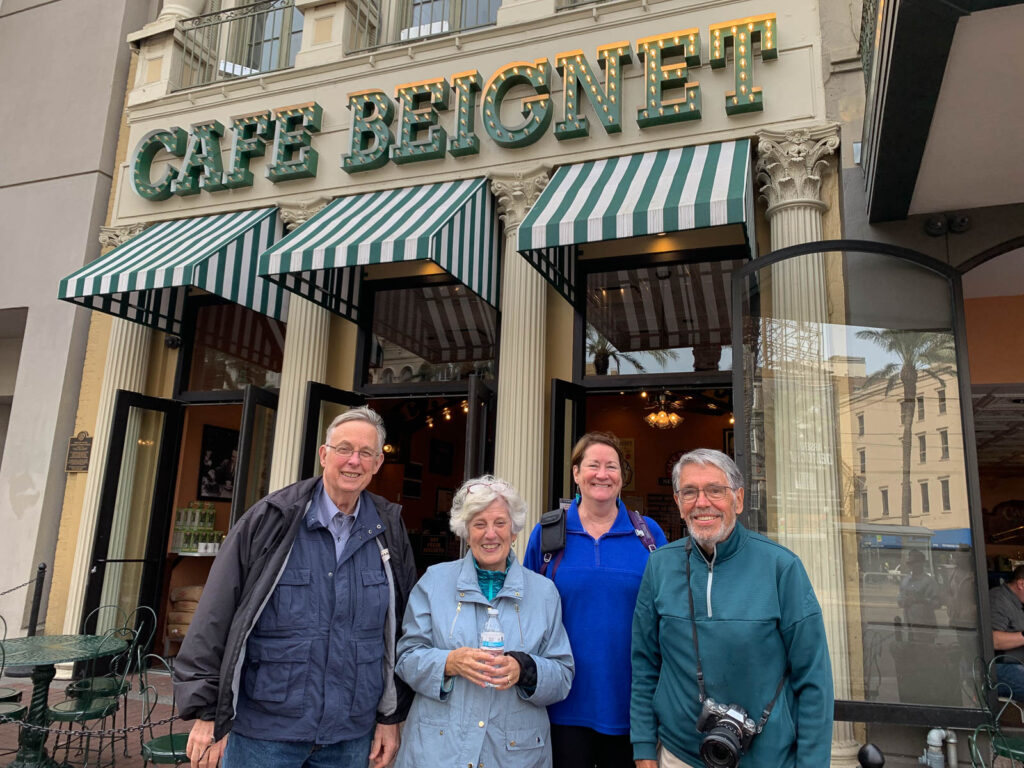
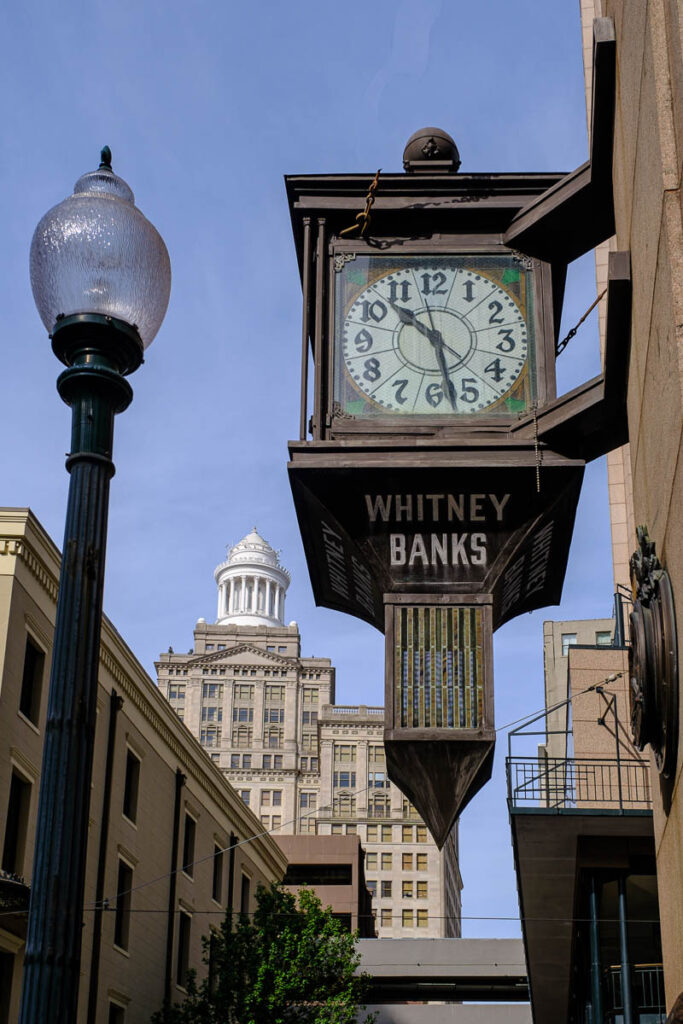
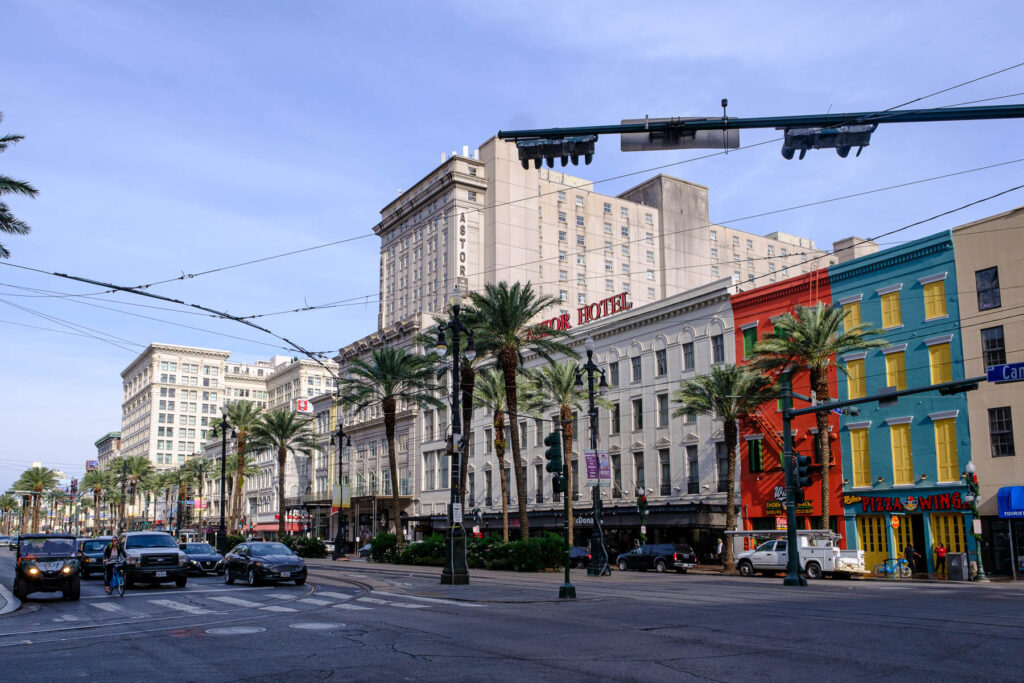
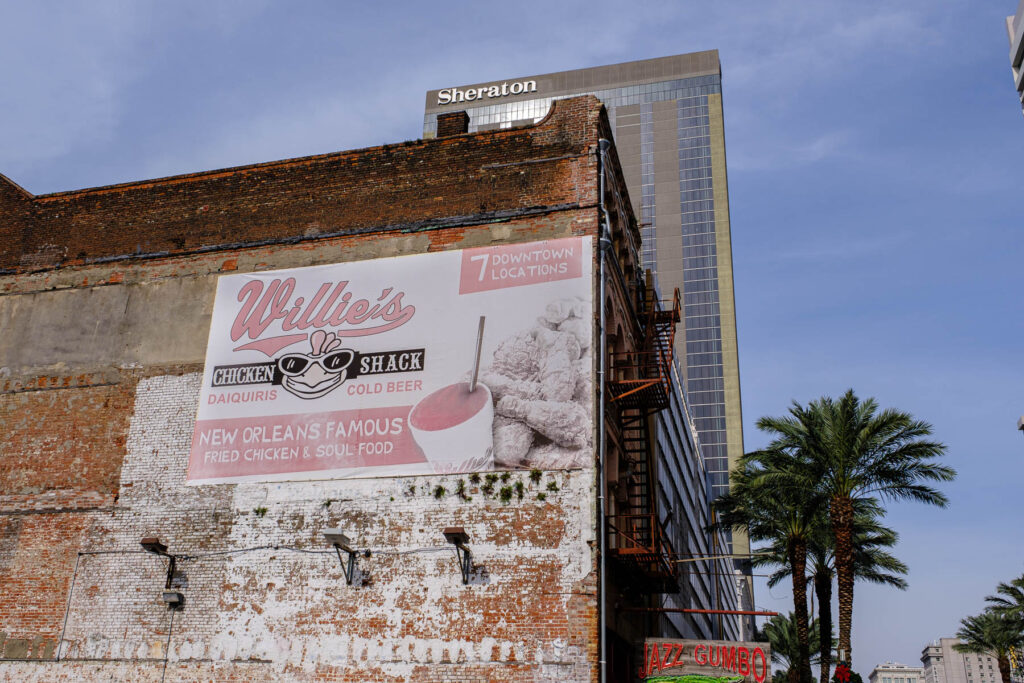

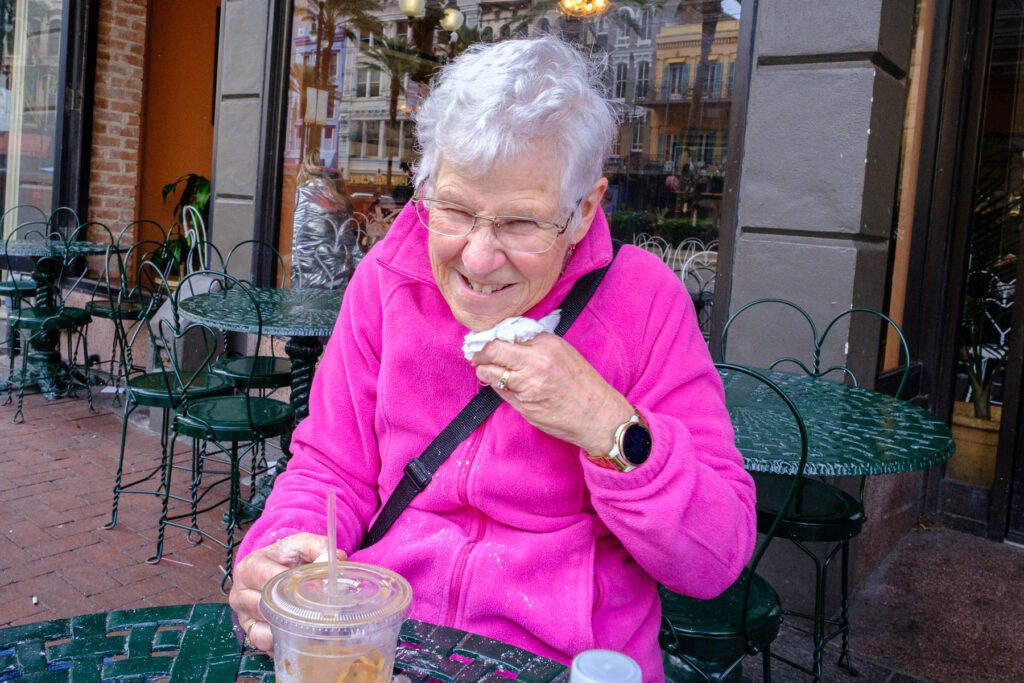
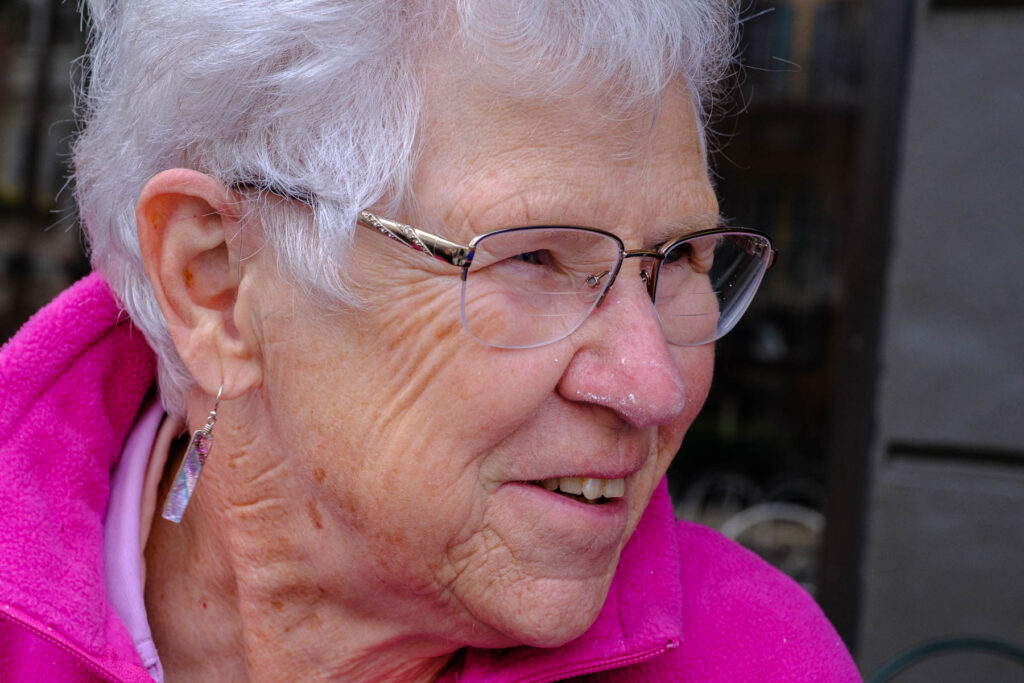
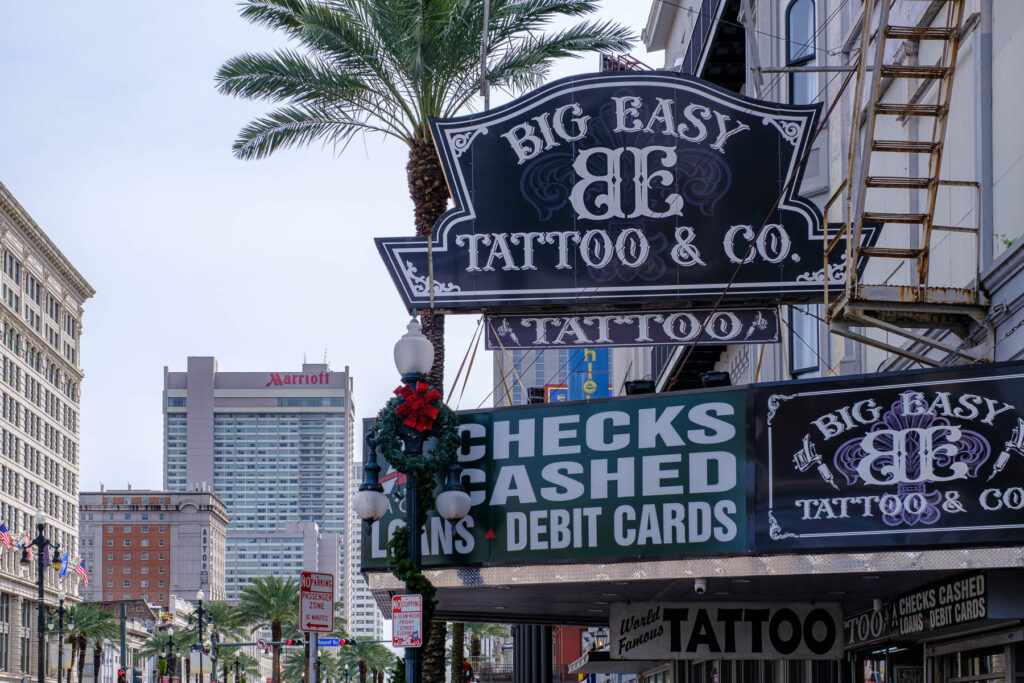
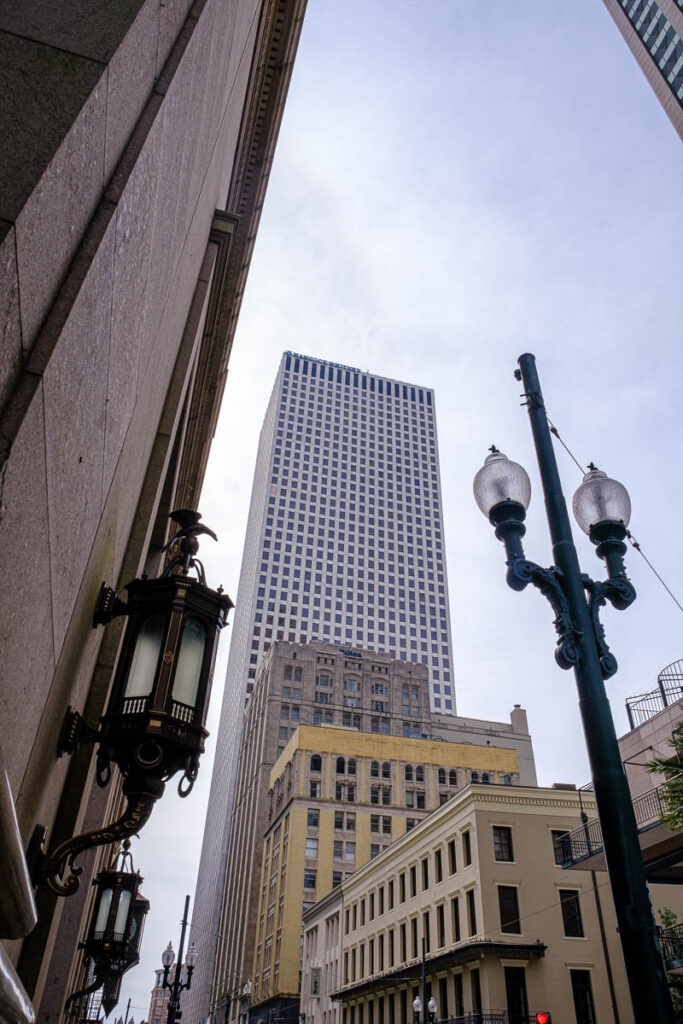
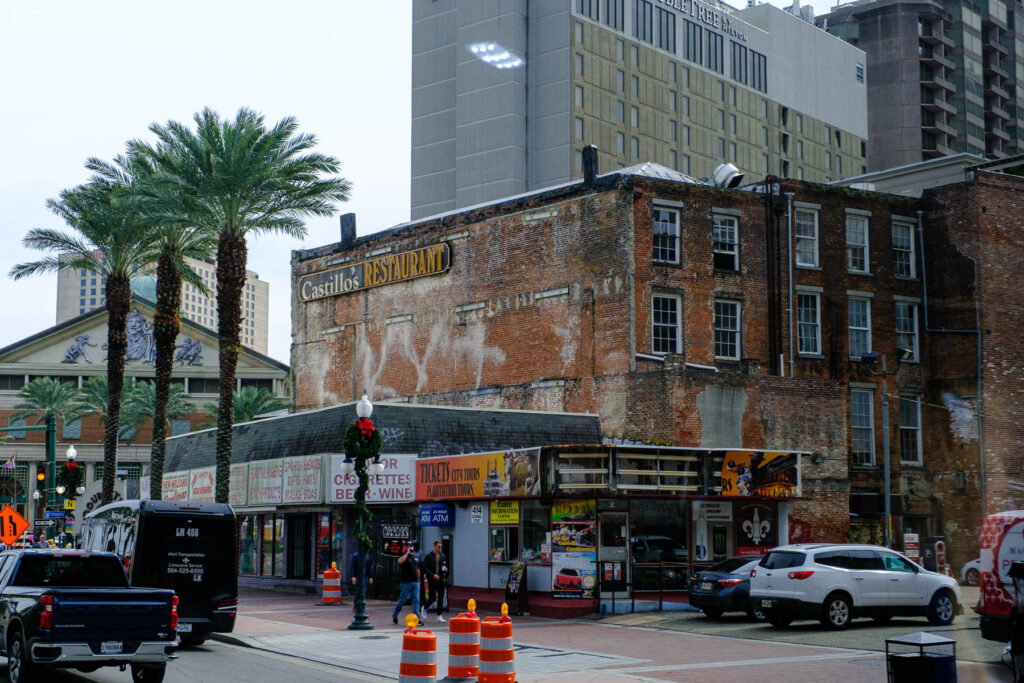
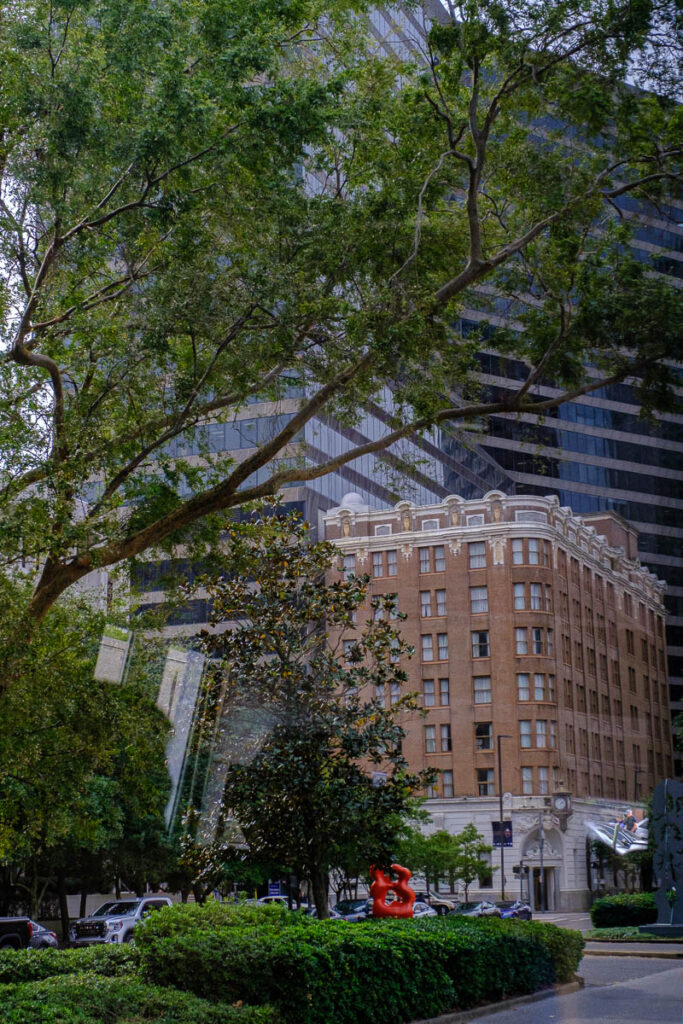

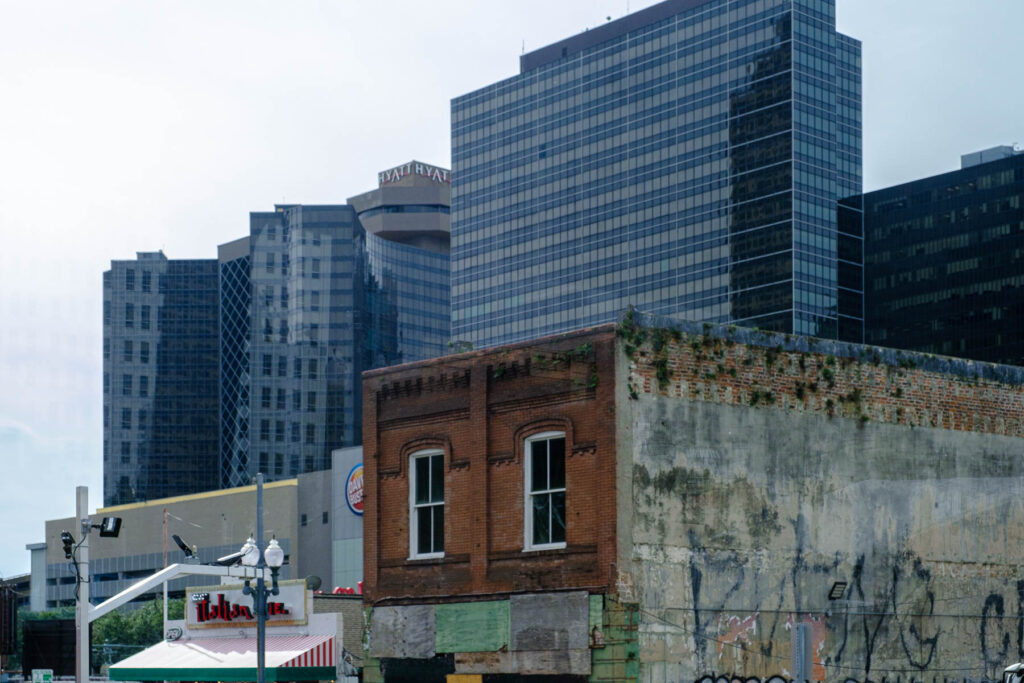



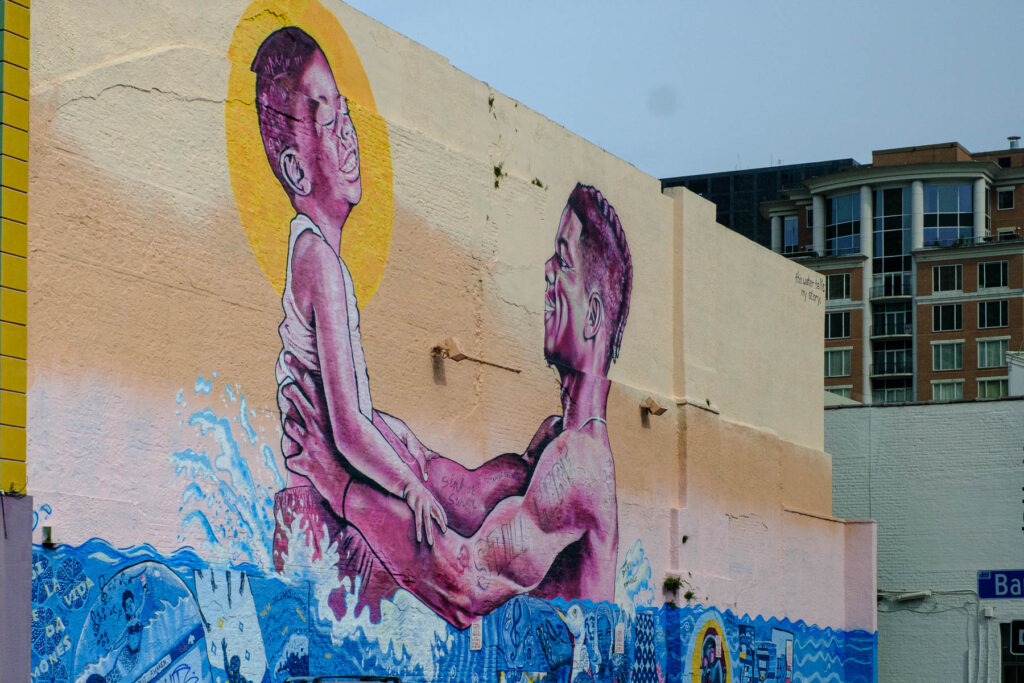
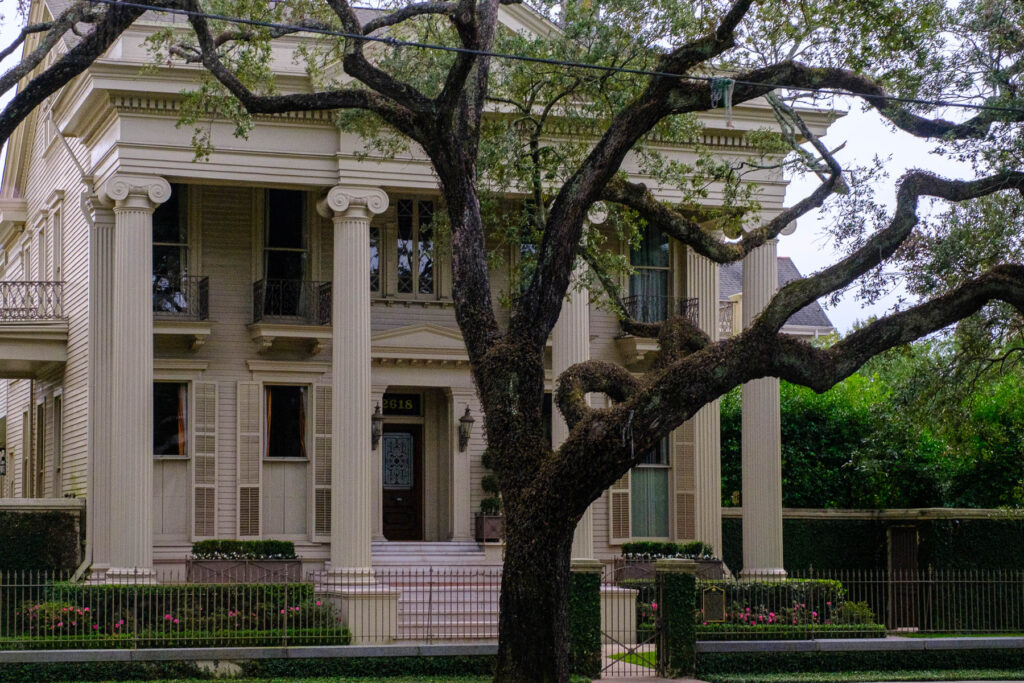

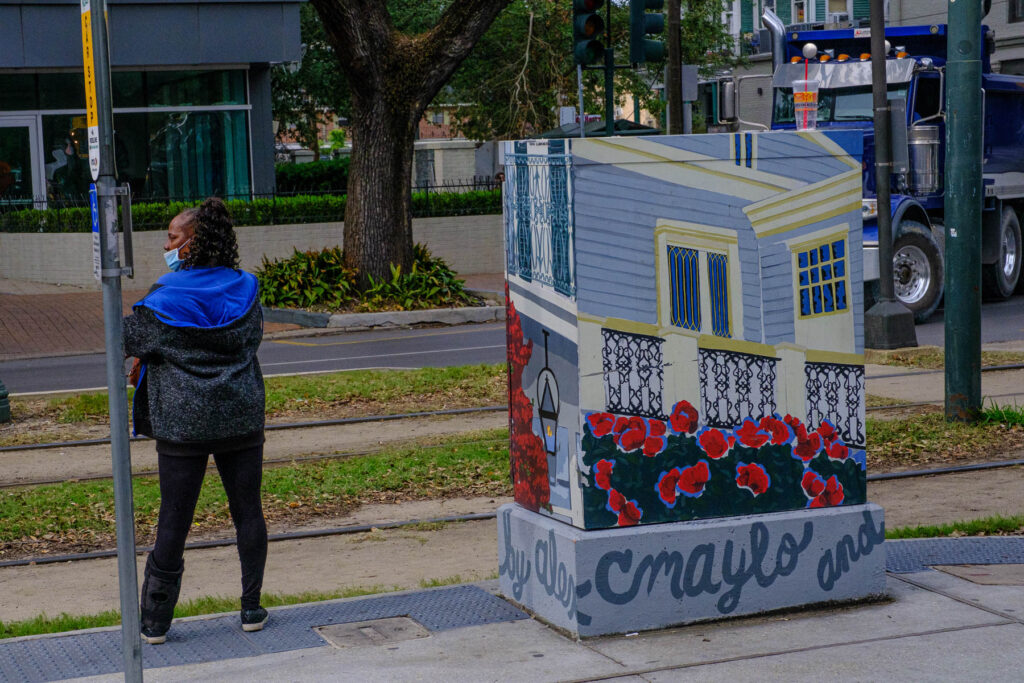
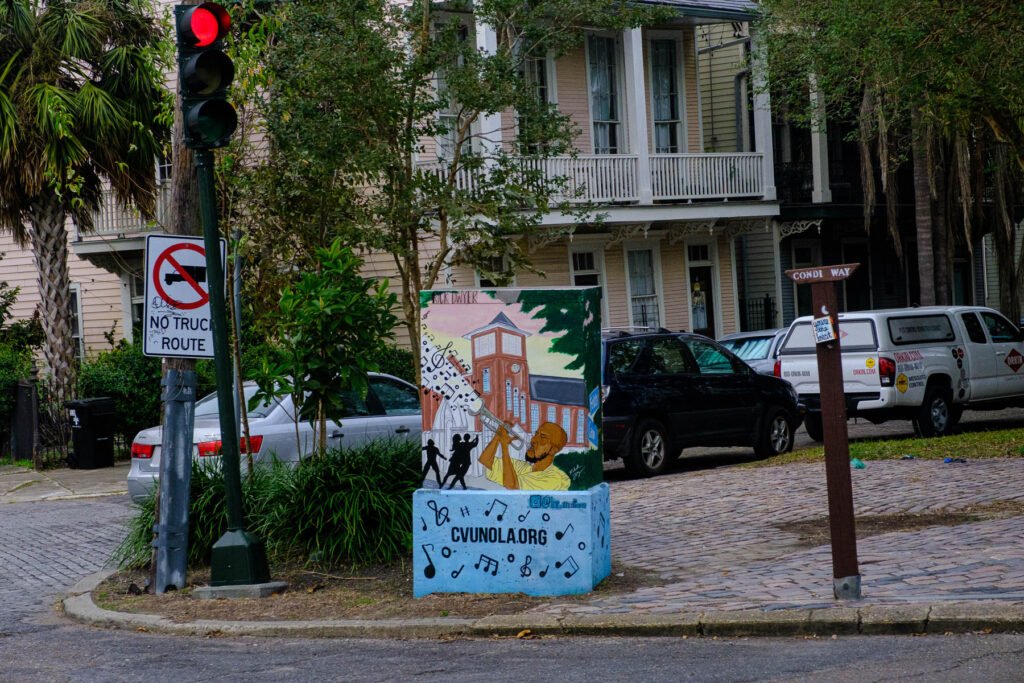
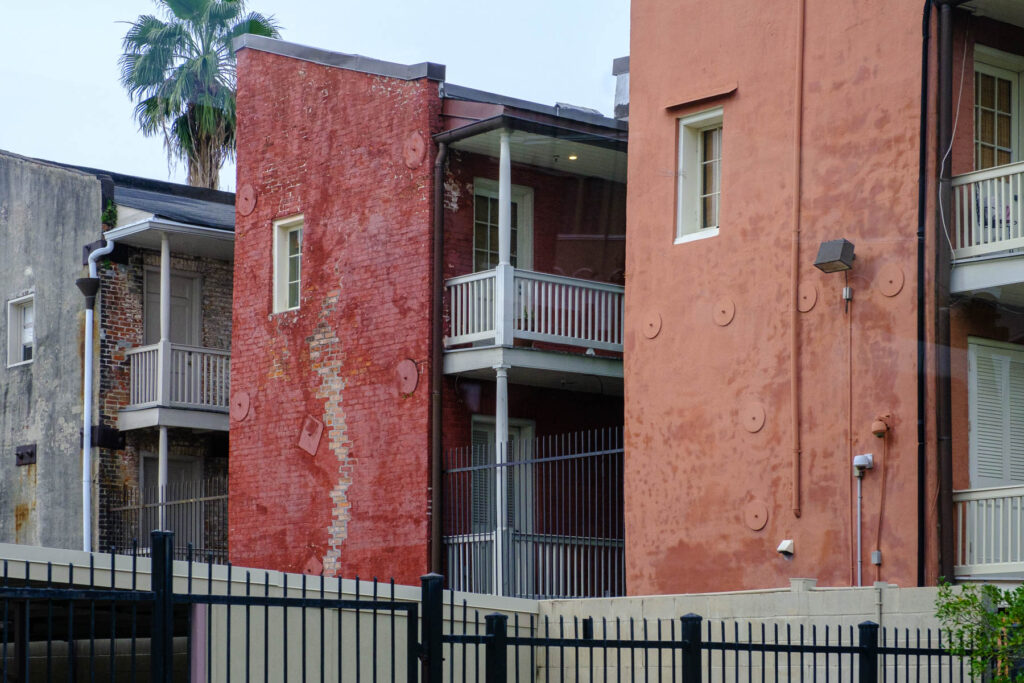
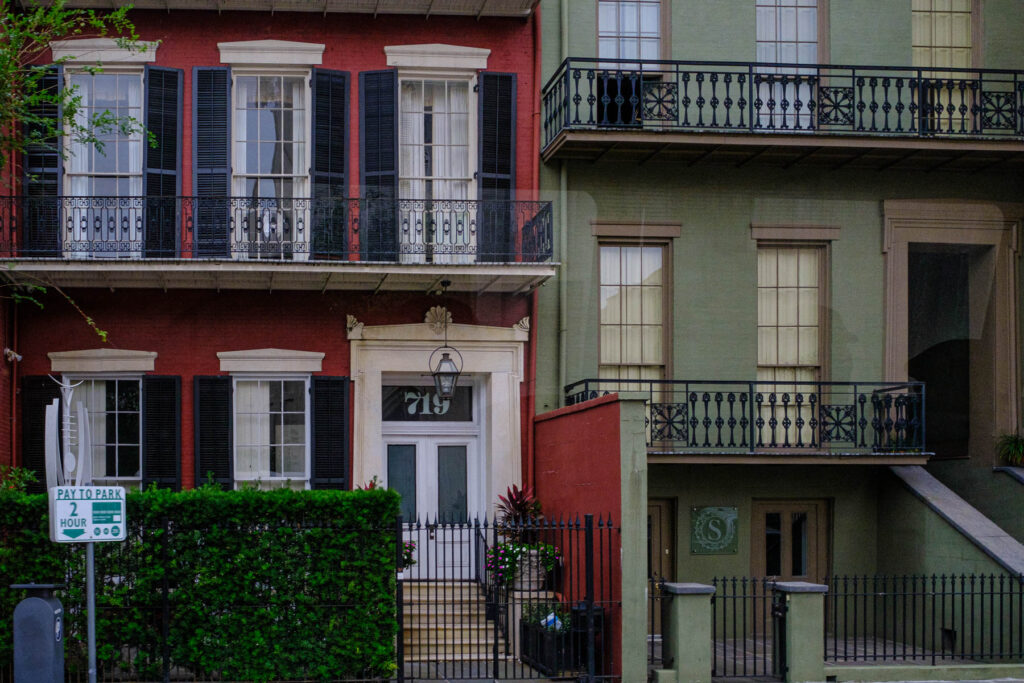
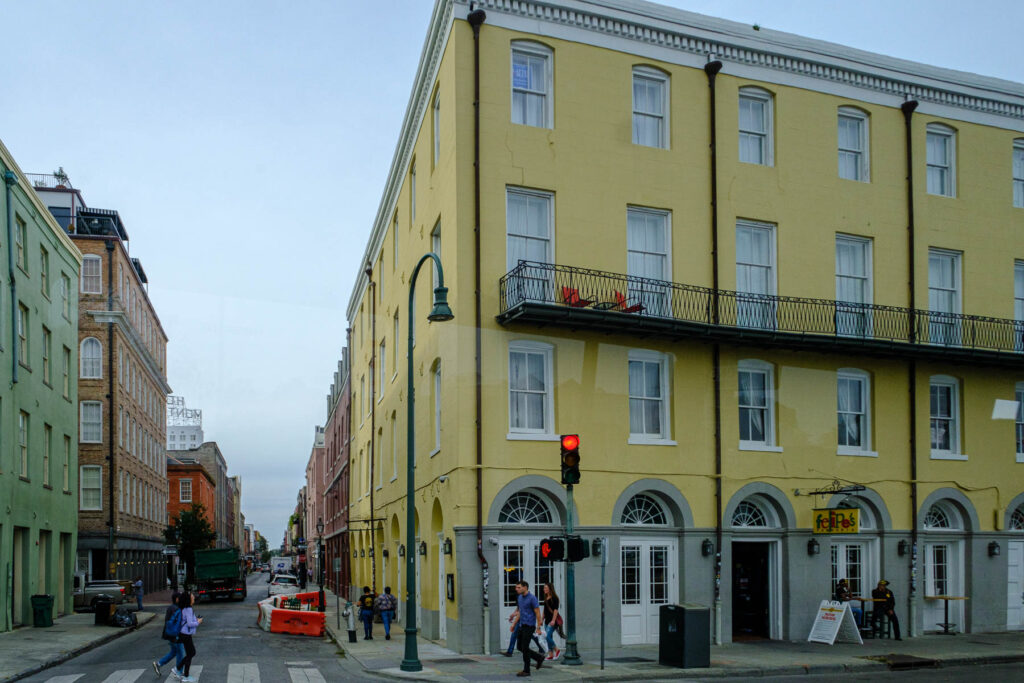


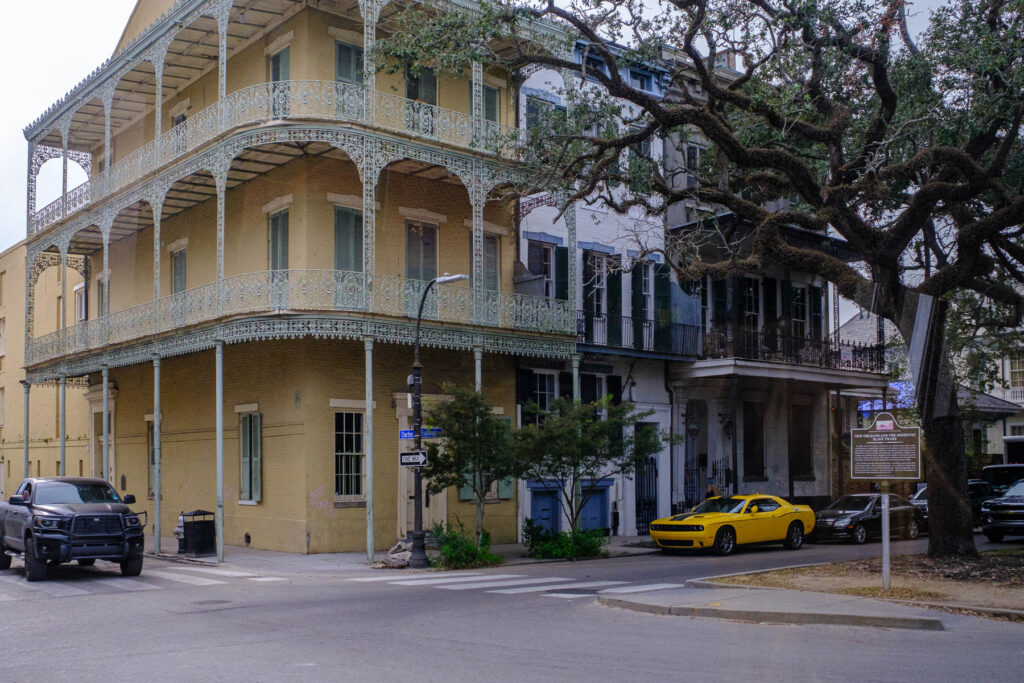
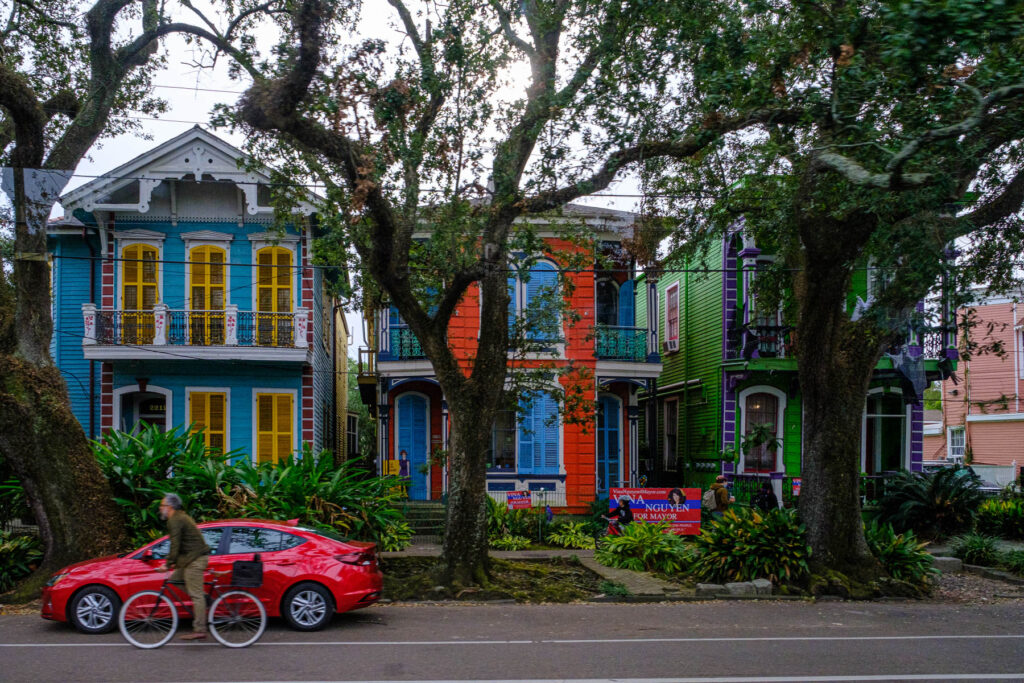

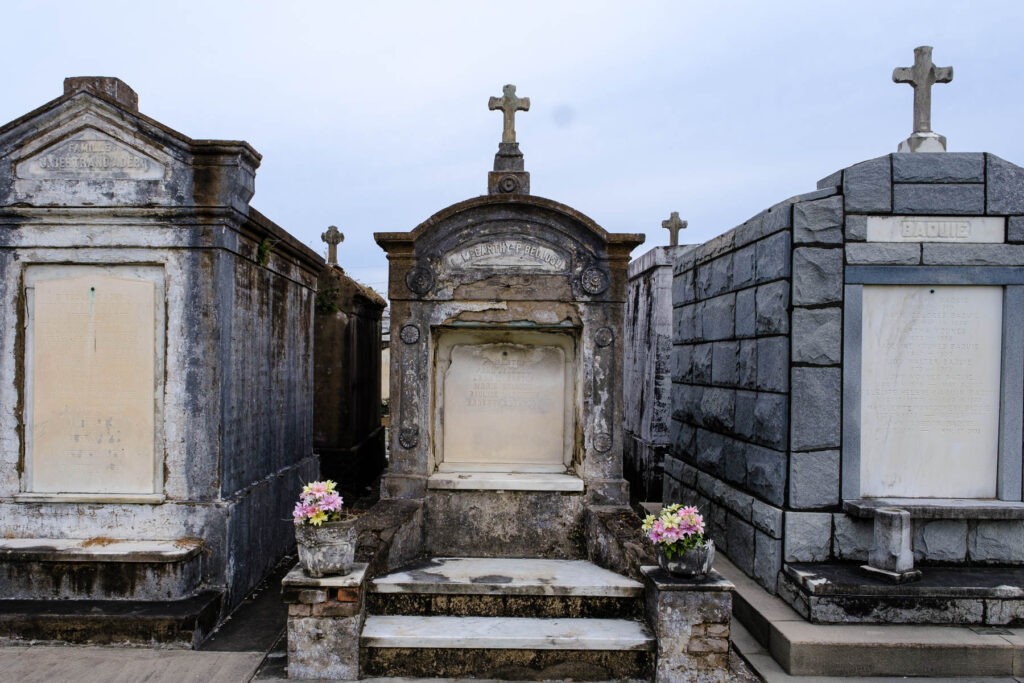

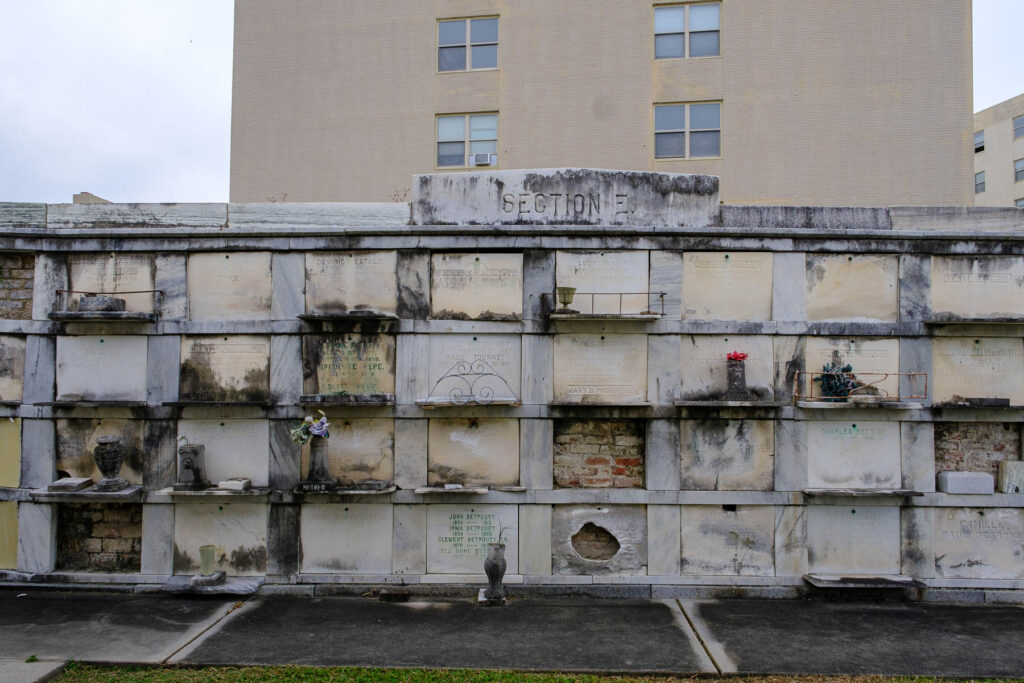

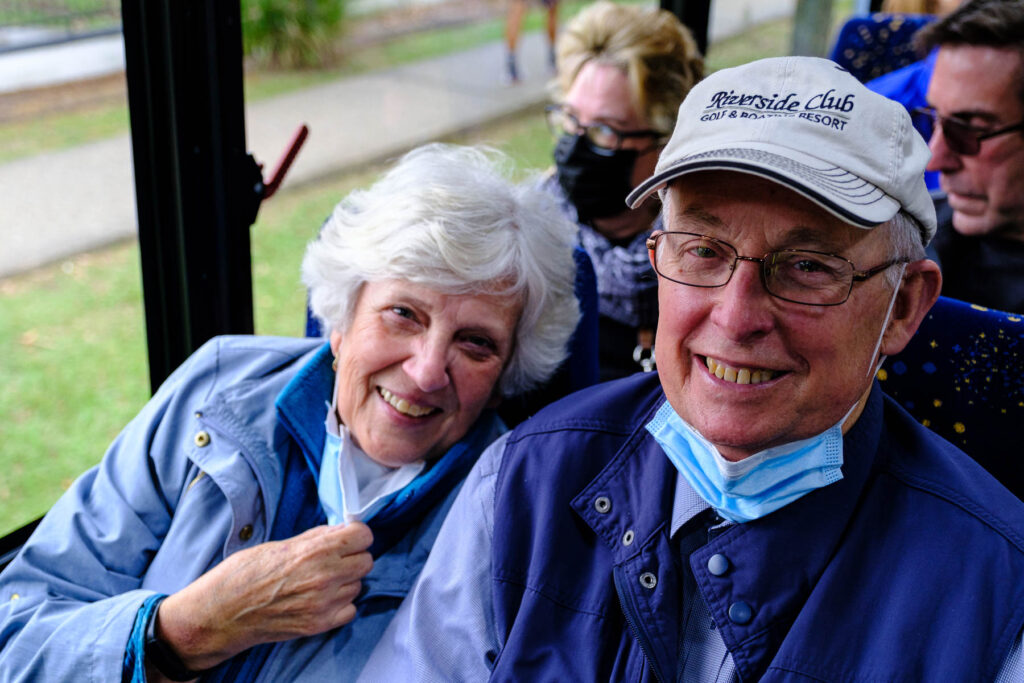
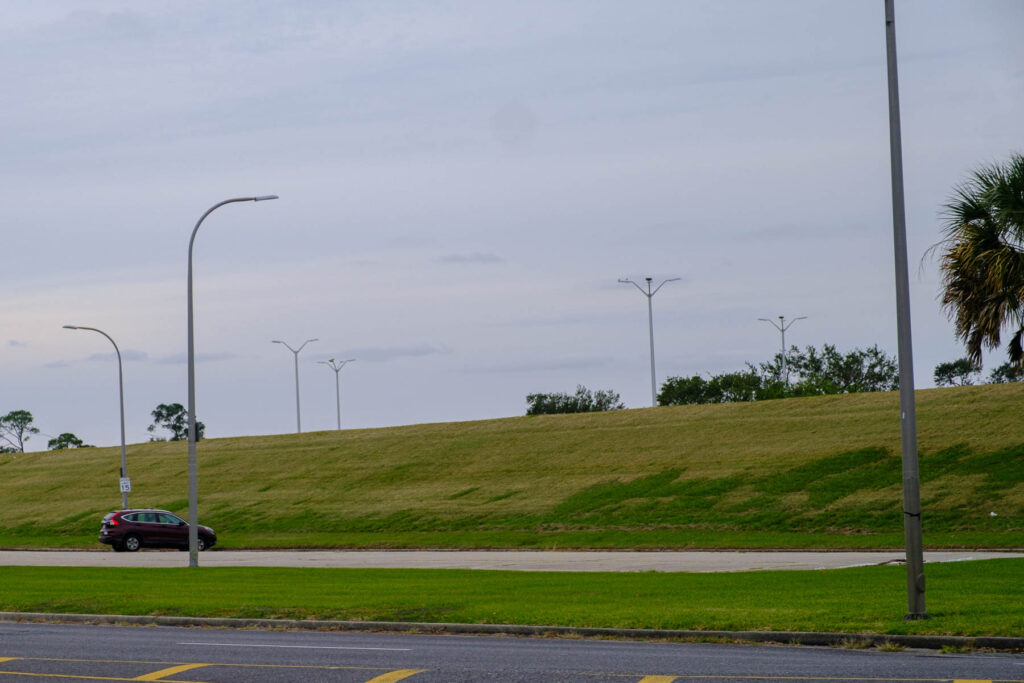
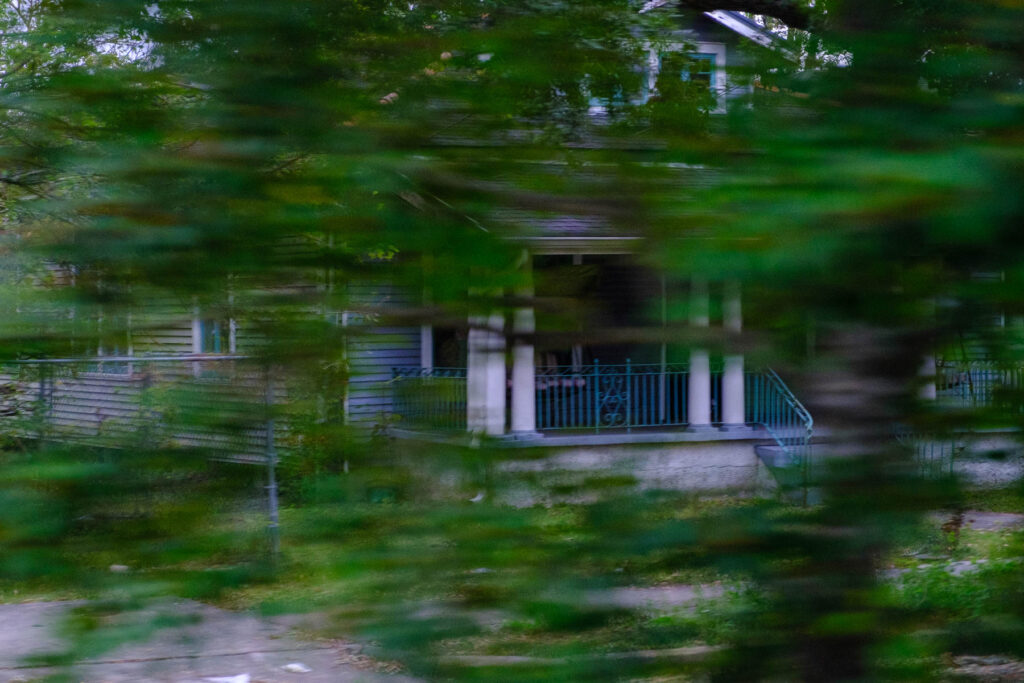
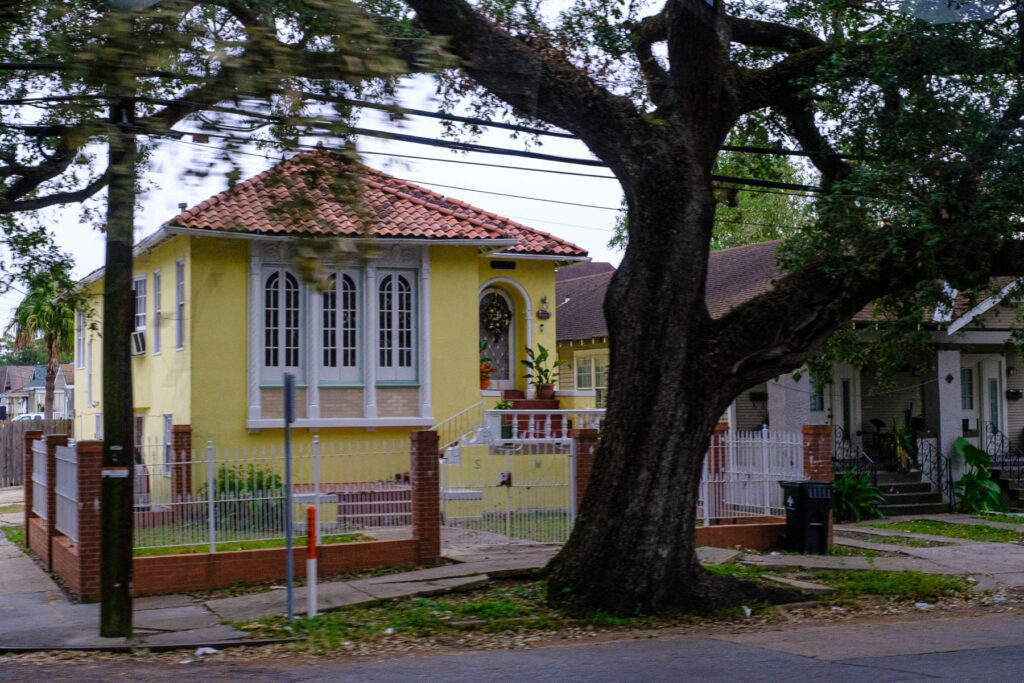
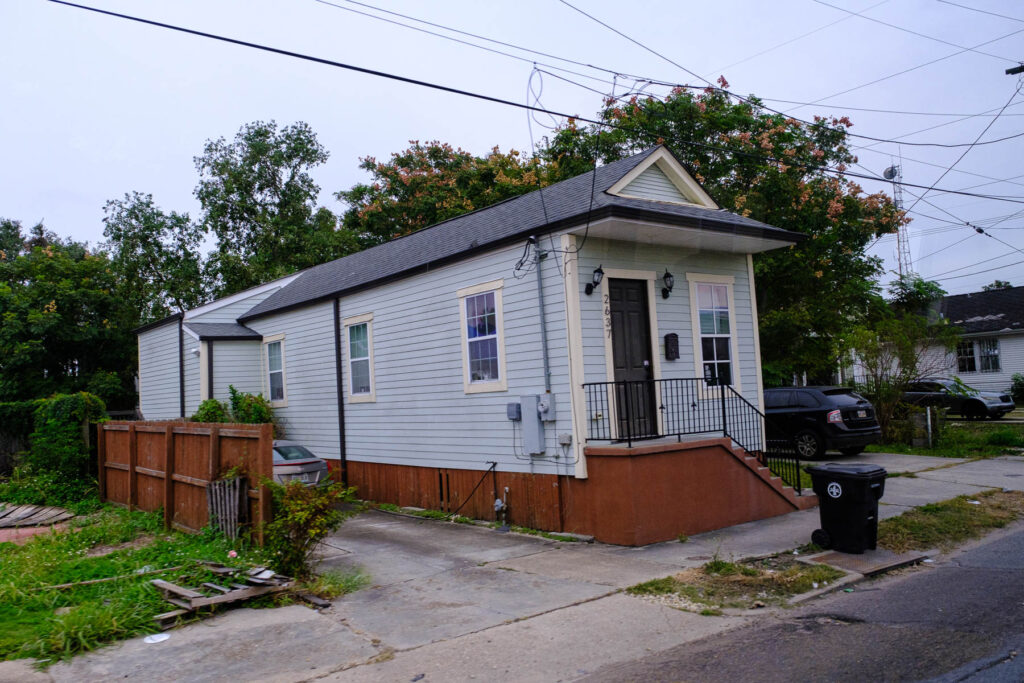

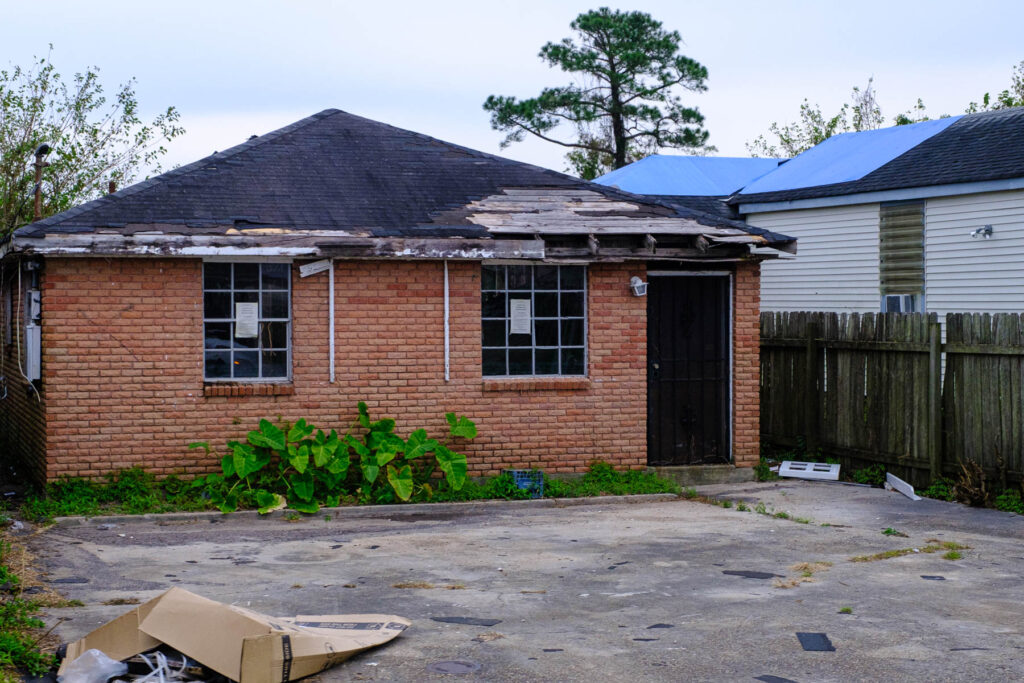
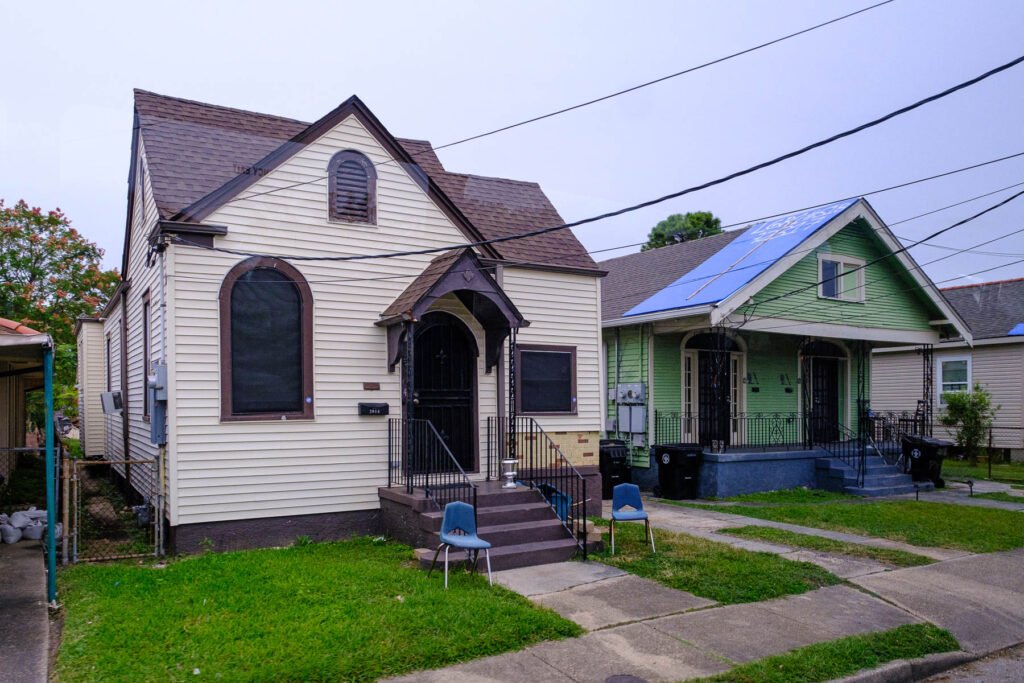

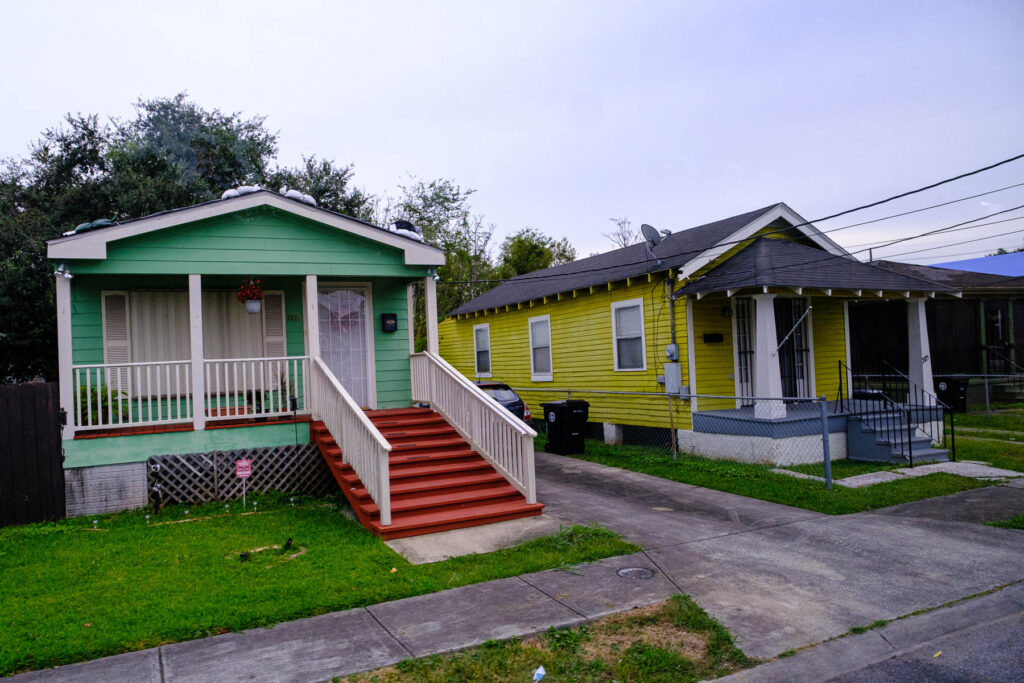
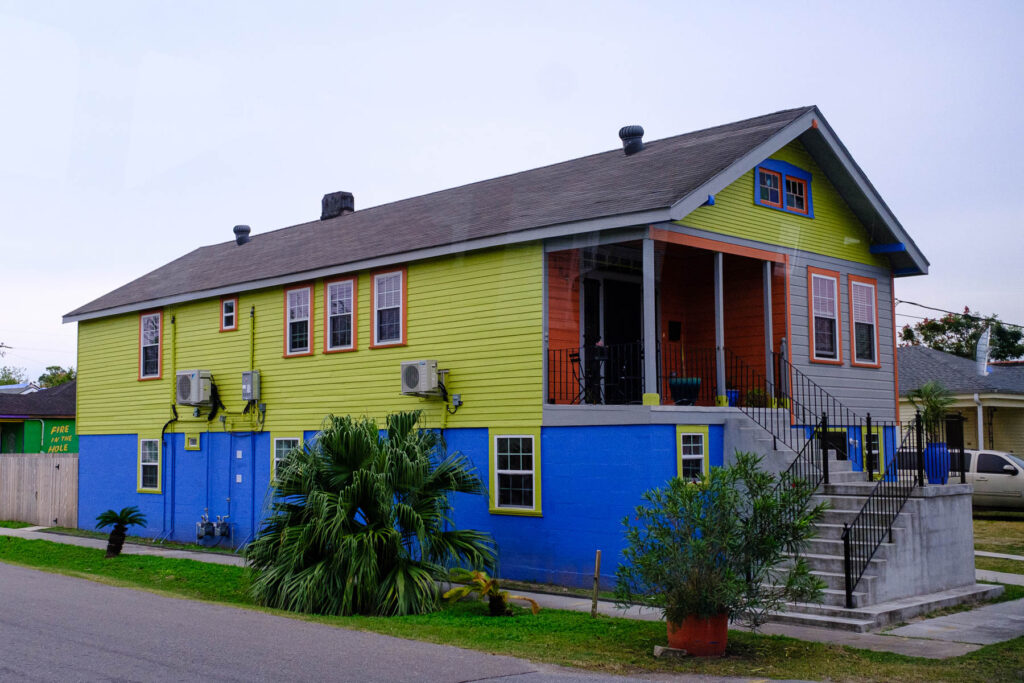
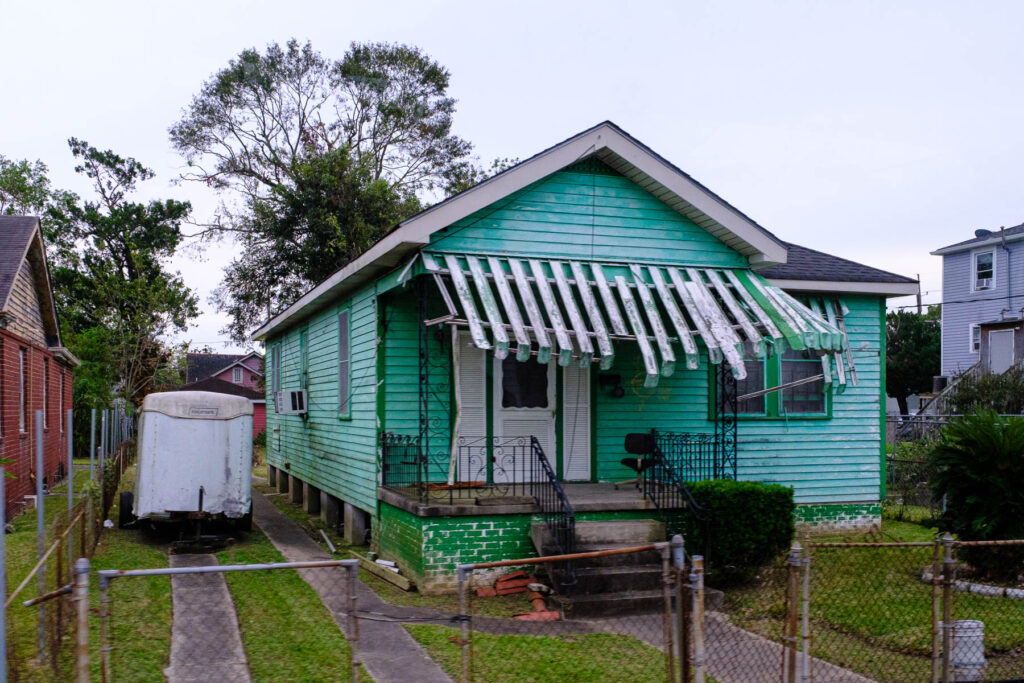
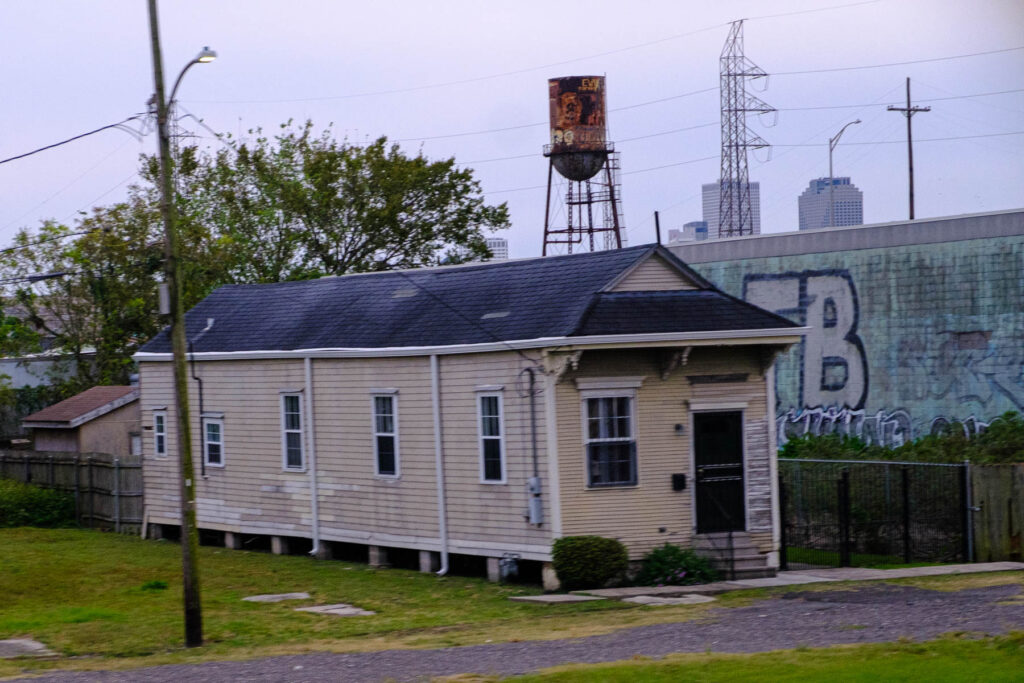
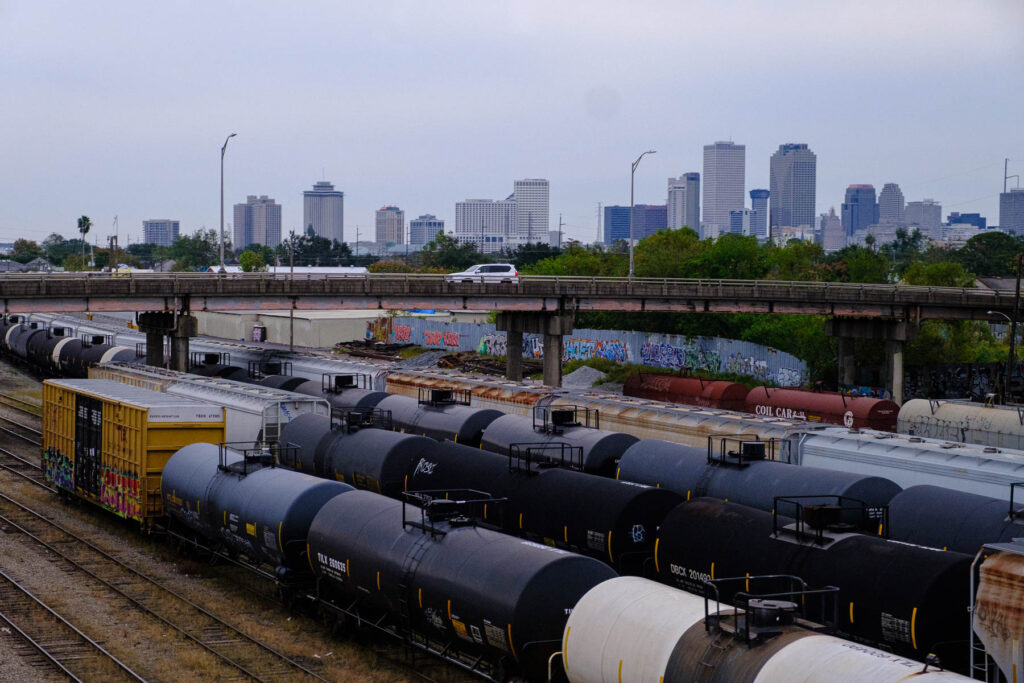
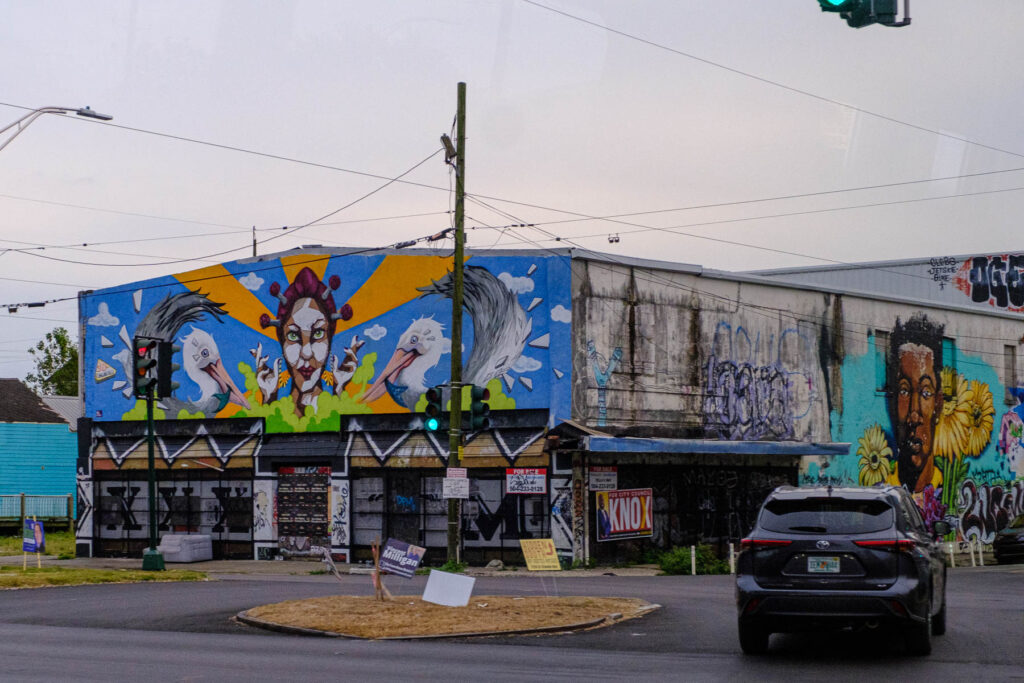
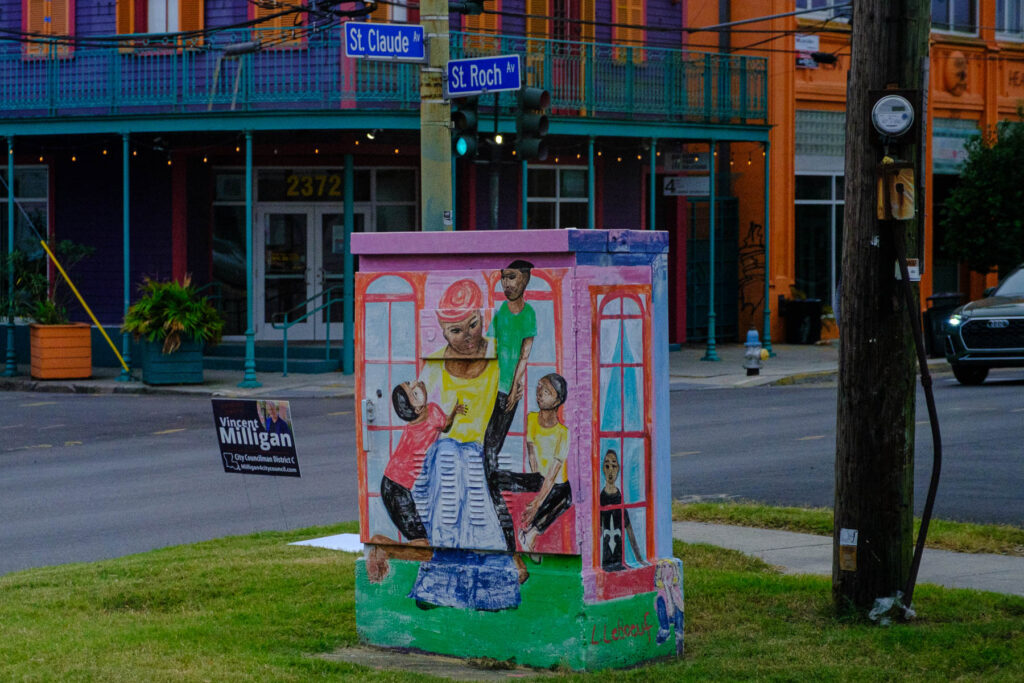

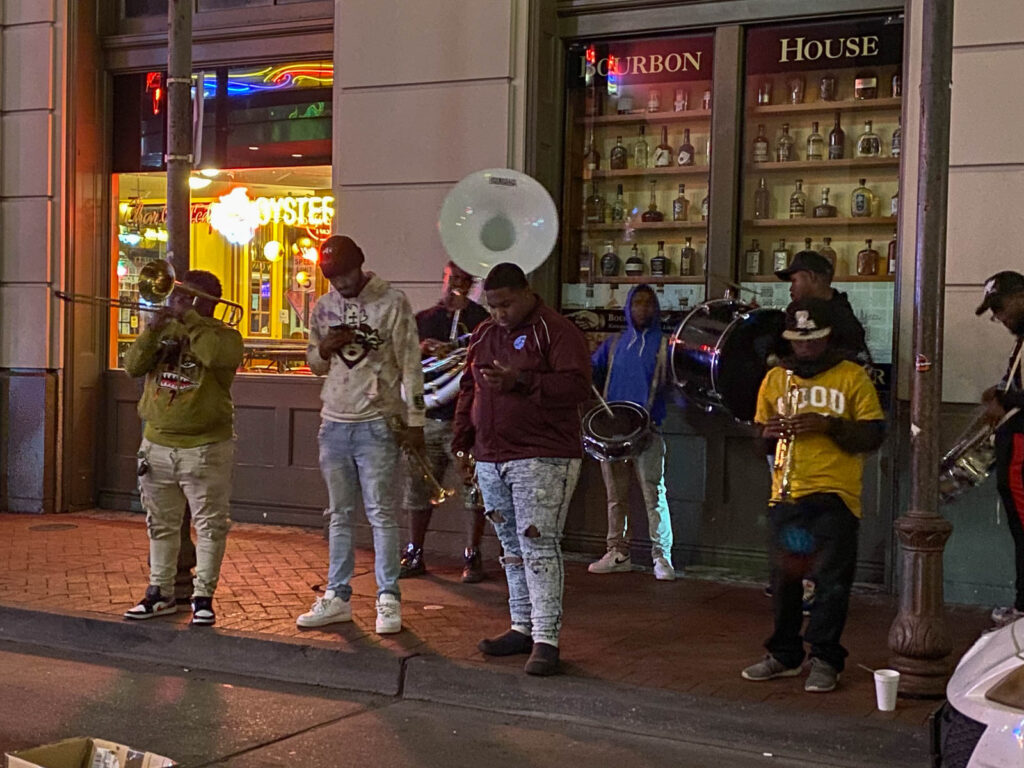

Glad to be off traveling with you guys once again. NOLA is a memorable city as I recall the times I was there. Your first blog does not have Judys brother and wife. Are they still part of the group? I am four weeks into my shoulder replacement and it is getting old. Also getting cold. In the 20s this morning. Keep writing John. You do a wonderful job.
Hugs and safe travels, carol